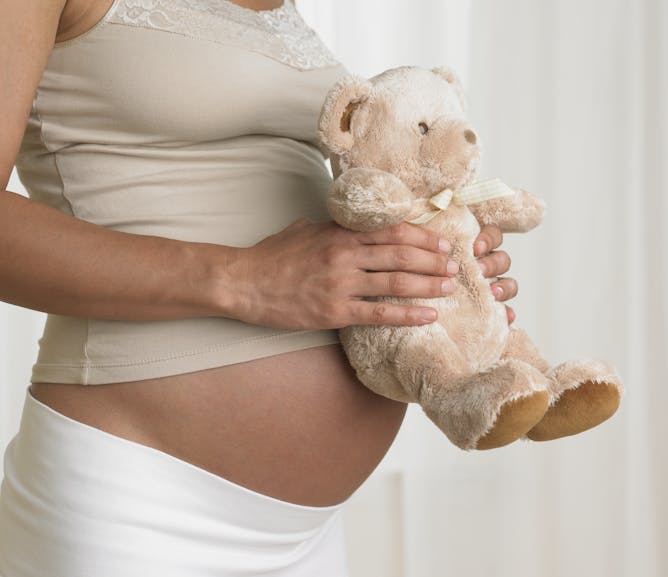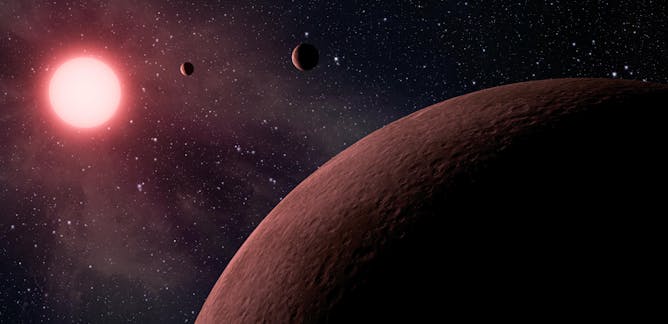|
Far more women die of complications related to pregnancy and childbirth in the United States than in other industrialized countries – a grim reality that has only worsened since the start of the pandemic. Although this alarming trend is well known, scientists have not had a clear picture of who is most at risk – and in what regions of the U.S. – until now.
In a recent study published in the Journal of the American Medical Association, researchers from the University of Washington’s Institute for Health Metrics and Evaluation reported that Black women experienced higher maternal deaths every year from 1999 to 2019 than any other racial group. What’s more, they found that maternal mortality more than doubled in the U.S. during that 20-year period throughout the country across racial and ethnic groups, including among white mothers. Risk of maternal death rose the most in American Indian and Alaska Native populations and increased by more than 162% in certain states.
Even more alarming is that most of those deaths are deemed preventable, the authors write. “In the U.S., maternal deaths are most often caused by problems that have very effective treatments.”
Also in this week’s science news:
|

Maternal death rates are higher in the U.S. than in other high-income countries.
Tetra Images/Getty Images
Laura Fleszar, University of Washington; Allison Bryant Mantha, Harvard University; Catherine O. Johnson, University of Washington; Greg Roth, University of Washington
Black women died during or soon after pregnancy at higher rates than any other racial group in every year from 1999 to 2019. American Indian and Alaska Native women had the greatest increase in risk during this period.
|

It’s tempting to envision orcas attacking yachts as the forward troops in an animal uprising.
Jackson Roberts/iStock via Getty Images Plus
Alexandra Isfahani-Hammond, University of California, San Diego
A few marine mammals in apparent revolt pushed meme-makers into overdrive. But a scholar who thinks about justice and human-animal relations suggests something deeper is behind the schadenfreude.
|

Female pearl octopus nest
at the Octopus Garden off California.
Credit: © 2019 MBARI
Amanda Kahn, San José State University; Jim Barry, San José State University
Thousands of pearl octopuses were discovered in 2018 lining thermal vents near a deep-sea volcano. Researchers now know why octopus moms gather there.
|
|
|

Vivian Lam, The Conversation
Visualization is an essential part of the scientific process. Advances in imaging have enabled eye-opening discoveries, not only for scientists and researchers but also for the general public.
| |

Kimberly Fenn, Michigan State University
While a cup of joe or a brief nap during an all-nighter might help you feel a little more alert, it won’t offset cognitive impairments from sleep deprivation when you’re performing complex tasks.
|

Jay L. Zagorsky, Boston University
With commercial space tourism on the rise and NASA planning to return to the Moon, you might think the US space economy is booming – but the data paint a more complex picture.
| |

David Kitchen, University of Richmond
Some geoengineering techniques are better understood than others. The US is investing in capturing carbon dioxide from the air, but ideas to block the Sun’s rays are raising big concerns.
|

Steven Berkowitz, University of Colorado Anschutz Medical Campus
Millions of young people in the US are suffering, whether from abuse at home, pressure from social media or exposure to violence. But navigating the mental health care system can be disheartening.
| |

Jared Starr, UMass Amherst
Taxing consumption that contributes to climate change hits the poor the hardest, while overlooking the huge profits tied to greenhouse gas emissions.
|
|
|
|
|
-
Justin Angle, University of Montana
Adapting to our fiery future means preparing for the risks and not putting out every low-risk wildfire, writes the author of a new book on learning to live with fire.
-
John P. Nelson, Georgia Institute of Technology
Language model AIs seem smart because of how they string words together, but in reality they can’t do anything without many people guiding them every step of the way.
-
Geoffrey Bradford, West Virginia University
An ophthalmologist explains how important tears are to keeping your eyes feeling good and working well – whether you’re on dry land or swimming in a body of water.

Join the conversation with Manil Suri and The Conversation’s Senior Science + Technology Editor, Maggie Villiger, on September 14 at 2 p.m. Eastern/11 a.m. Pacific. Please register in advance to save your spot.
|
|
